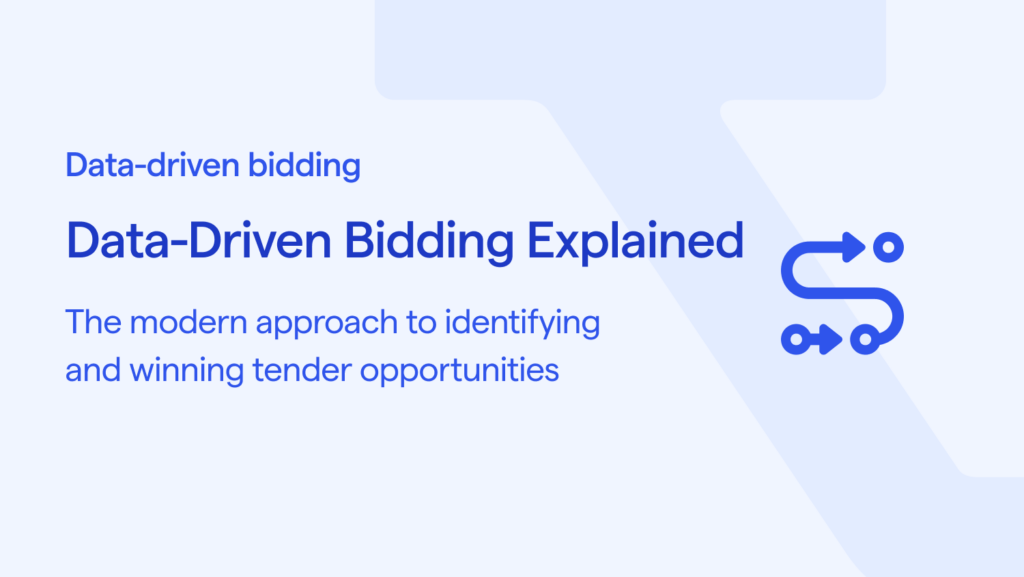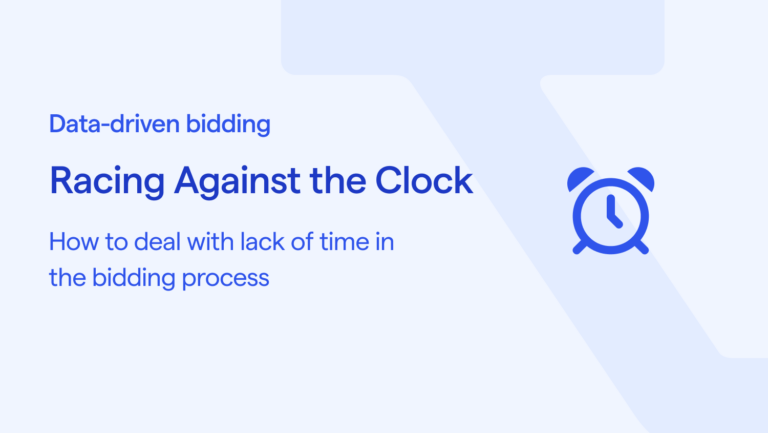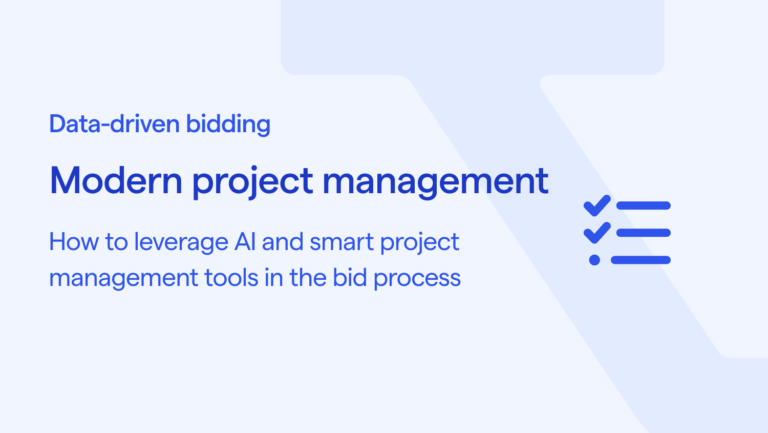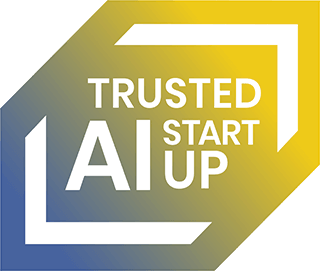This is an exciting moment in time for bid teams. New smart tender management software is emerging on the market, and AI is opening doors for a smarter and more efficient bidding process.
To take advantage of these new opportunities, bid teams need to be open to new methods and evolving their processes. In this article, we’ll introduce you to data-driven bidding, a smart and future-proof approach.
What does it mean to be data-driven?
Data-driven decision-making has become a crucial tool for business development over the past decade. Access to data has gradually increased with digitisation, and so have the tools to manage, analyse, and use data.
But what exactly is data-driven decision making?
To be data-driven involves using data to make fact-based and proactive decisions. The organisation leverages the data generated by its operations as a basis for decision-making in line with its goals.
15-25% higher revenue
The potential gains from data-driven approaches are impressive. According to figures from McKinsey & Company, companies with data-driven B2B sales experience higher growth and 15 to 25 percent higher revenue.
The shift towards data-driven approach has been ongoing for a long time, and in some industries, it is now a standard practice. Unfortunately, public procurement and tender management has lagged behind for far too long.
Problems in traditional bid management
The world of procurement is actually ideal for data-driven approaches. Tendering is ripe with valuable data. The problem lies in how the data is managed.
Unstructured data
A procurement typically consists of one or multiple PDFs and spreadsheets. The data within the tender, such as requirements, estimated value, and contract period, is unstructured and there is no standardised way to access the information.
Manual work
To manage and, to some extent, structure the data, bid teams often do a lot of manual work. This might look like copying and pasting requirements into Excel files, writing short tender descriptions for internal use, or even using highlighters to identify requirements.
Lack of time
This is, of course, very time-consuming, and time is not abundant in a tendering process. Deadlines approach quickly, and the more time is spent sifting through information, the less time is left to write a competitive bid.
Limited data in decision-making
While the data is, so to speak, stuck in inaccessible tender documents, it cannot be easily used for data-driven decision-making. Decisions, such as whether to proceed and submit a bid or not, are therefore not data-driven and carry a higher degree of uncertainty.
What is data-driven bidding?
Okay, so now we understand what data-driven approaches look like in general, and we know the challenges of traditional bid management.
So how do we put the two together? What is data-driven bidding?
Well, data-driven bidding is characterised by three things:
- decisions based on data,
- AI,
- and automation.
1. Data-informed bidding
Procurement data plays a crucial role in data-driven bidding. Bid/No Bid decisions are based on all relevant information from the start, making them well-founded and informed.
Data about competitors, public contracts, and pricing trends form the foundation for proactive tendering strategies with better prospecting and stronger bids.
2. AI-powered bidding
Data-driven bidding uses AI to streamline the process. AI can extract, process, and present information from tender documents for speedy assessment of interesting business opportunities.
AI is also used to generate response drafts based on previously submitted bids. With the support of AI, bid drafts can be written faster, allowing more time for refining the final proposal.
3. Automated bidding
When bidding is data-driven, parts of the process can be automated. This eliminates repetitive tasks that, individually, may not take up much time but collectively consume a considerable portion of valuable resources.
For example, data-driven bidding could eliminate
- downloading tender documents from various databases,
- manual review of tender documents,
- adding information to project management software,
- updating and structuring internal document libraries,
- and documenting tender wins and losses.
Benefits of data-driven bidding
Data-driven bidding saves time, improves decisions, and strengthens the results of the tendering organisation. Below are some of the key effects.
✅ 90% less time spent on monitoring and qualifying tender opportunities
In the monitoring and qualification phase, more relevant tender opportunities can be identified faster, saving a significant amount of time. Some companies save up to 90% of the time spent.
✅ Less time wasted on poor fit tenders
Well-founded Bid/No Bid decisions result in fewer cancelled tender processes and less time spent on bids that won’t lead to a contract.
✅ Better team collaboration within the bidding process
Collaboration within the bid team improves. Shared big picture view of projects, automatically summarised tender information, auto-generated project plans, and other team features reduce the need for administration and internal communication.
✅ Shorter time to submitted bid
With AI-generated response drafts based on previously submitted bids, it’s faster and easier to write and submit quality bids.
✅ More won bids
With a data-driven bidding process, unnecessary manual work is eliminated, and the team’s resources can be focused where they have the greatest impact.
Making the transition to data-driven bidding
To become data-driven is an exciting challenge. New tools are introducing new workflows and processes, helping teams evolve.
At Tendium, we strongly believe in data-driven bidding. We’ve built the Tendium bidding platform to support teams wanting to benefit from a data-driven approach to bidding.
Book a demo today to see what is possible for you and your bid team.








